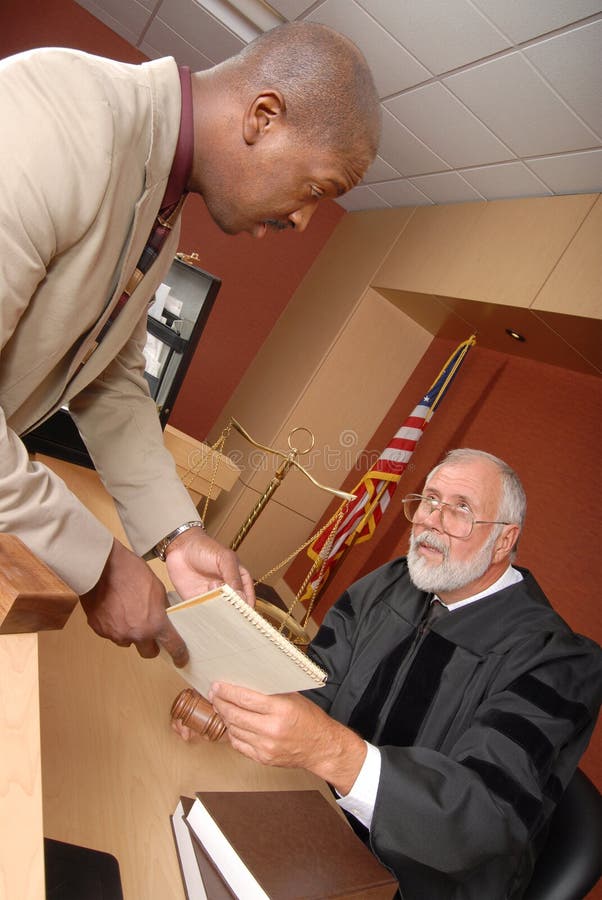Navigating the Intricacies of Test Presentations: Tips for Seamless Delivery and Engaging Arguments
In the world of lawful proceedings, the art of trial presentation stands as an important determinant of success. The complexities integral in test presentations require a delicate balance of skill, strategy, and ability.

Recognizing Test Objectives
To efficiently browse a test, it is critical to have a clear understanding of the goals that need to be attained. Before stepping right into the courtroom, legal teams have to define their goals and preferred end results. These objectives act as assisting concepts throughout the trial, shaping techniques and affecting decision-making procedures.
Recognizing test objectives involves an extensive analysis of the situation, lawful precedents, and the customer's best interests. Trial Presentations. It requires a precise assessment of the truths, determining crucial issues, and anticipating prospective obstacles. By setting details and quantifiable objectives, attorneys can customize their disagreements and presentations to line up with the wanted results
Additionally, a clear understanding of test purposes makes it possible for lawful teams to prioritize proof, witnesses, and lawful disagreements successfully. It permits the advancement of a coherent narrative that resonates with the judge and jury, reinforcing the total situation presentation.

Organizing Proof Efficiently
Having a clear understanding of trial purposes lays the structure for arranging evidence properly in lawful proceedings. By straightening the presentation of proof with the preferred outcomes of the test, legal groups can strengthen their debates and improve their persuasiveness.
Another crucial element in arranging evidence properly is establishing a sensible flow. Offering evidence in a sequential and coherent fashion can help construct a compelling narrative that supports the lawful debates being made. In addition, utilizing aesthetic aids such as timelines, charts, or graphes can better enhance the company of evidence and help in making clear complicated partnerships or sequences of events.
In addition, guaranteeing that all proof presented is acceptable and pertinent to the case is necessary. Irrelevant or inadmissible proof can interfere with the strength of the disagreement and possibly damage the reliability of today event. A precise evaluation and option procedure need to be undertaken to consist of only the most impactful and legitimately audio proof in the test discussion.
Crafting Persuasive Stories
Crafting compelling stories plays an essential function in providing persuasive disagreements during lawful procedures. When constructing a story for a trial discussion, it is crucial to establish a clear story that highlights crucial points and attaches them in a meaningful manner. By weaving with each other evidence, testimony, and legal arguments right into a cohesive and convincing story, legal specialists can efficiently support for their clients and enhance the likelihood of a positive outcome in the courtroom.
Mastering Aesthetic Help
Efficient usage of visual help is key to improving the influence and clarity of trial presentations. YOURURL.com Aesthetic help, when used tactically, have the power to streamline complicated details, reinforce bottom lines, and leave a long lasting perception on the judge and jury. To master aesthetic help in trial presentations, it is crucial to make sure that they are clear, succinct, and relevant to the arguments being made.
When including aesthetic help, such as graphes, graphs, timelines, or photos, right into a test discussion, it is important to keep them aesthetically appealing yet professional. The visuals ought to match the spoken debates, providing a graph of the information being talked about without frustrating the audience with unnecessary details.
Moreover, exercising with the visual aids in advance is vital to make sure a smooth shipment during the trial. Familiarizing oneself with the content, shifts, and timings of each visual help can aid preserve the flow of the presentation and prevent technological problems that might develop.
Providing Impactful Closing Disagreements
An engaging closing disagreement serves as the conclusion of a trial discussion, encapsulating the core story and encouraging the judge and jury towards a favorable decision. Begin by laying out the primary arguments that sustain your client's position, stressing why the evidence presented throughout the trial sustains your narrative.
Additionally, integrating sob story can further enhance your closing debate. By connecting and humanizing the instance on an individual degree with the decision-makers, you can stimulate empathy and understanding, influencing their assumption of the facts provided. In addition, restating the lawful criteria that should be fulfilled for a favorable judgment can reinforce the validity of your placement. Inevitably, a well-crafted closing disagreement should leave an enduring impact, engaging the discretionary to regulation in your customer's support.
Verdict
Finally, mastering trial presentations involves recognizing purposes, arranging proof, crafting stories, making use of aesthetic help, and supplying impactful closing arguments. By executing these techniques successfully, attorneys can provide their situation perfectly and make compelling arguments in the courtroom. It is essential to navigate the complexities of trial discussions with accuracy and check this site out skill to attain success in lawful process.
By lining up the presentation of evidence with the preferred results of the trial, legal groups can reinforce their disagreements and improve their persuasiveness (Trial Presentations). To master visual aids in trial presentations, it is crucial to ensure that they are clear, concise, and relevant to the debates being made
An engaging closing argument serves as the culmination of a trial presentation, enveloping the core Read More Here narrative and encouraging the court and jury towards a positive decision. Begin by outlining the major disagreements that support your customer's setting, emphasizing why the proof provided throughout the trial supports your story.In conclusion, grasping trial discussions includes recognizing goals, arranging evidence, crafting stories, using visual aids, and delivering impactful closing debates.